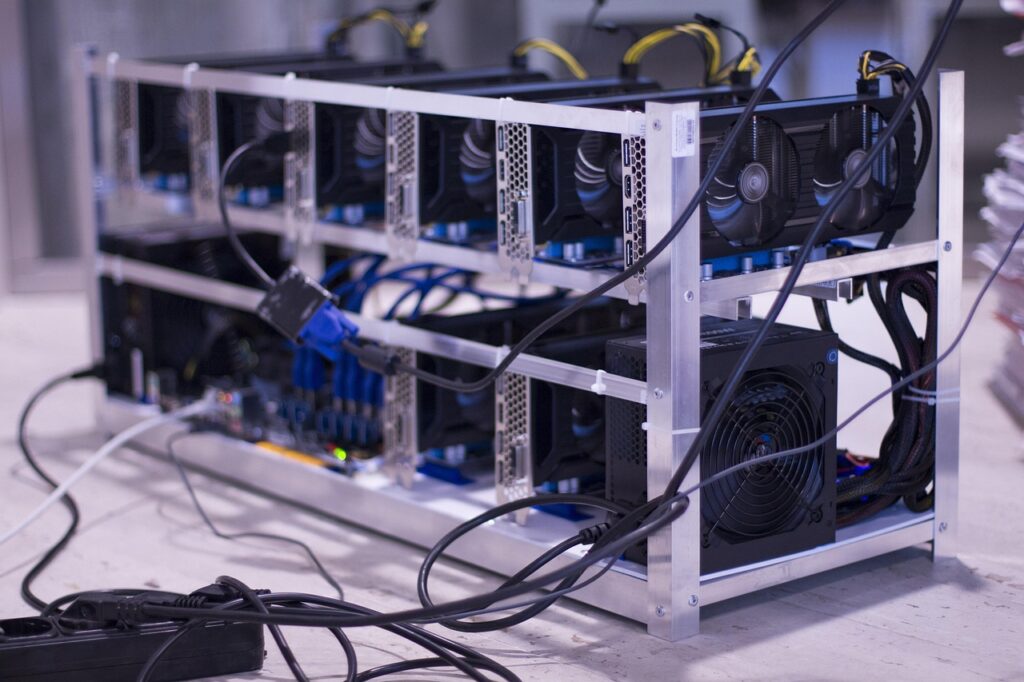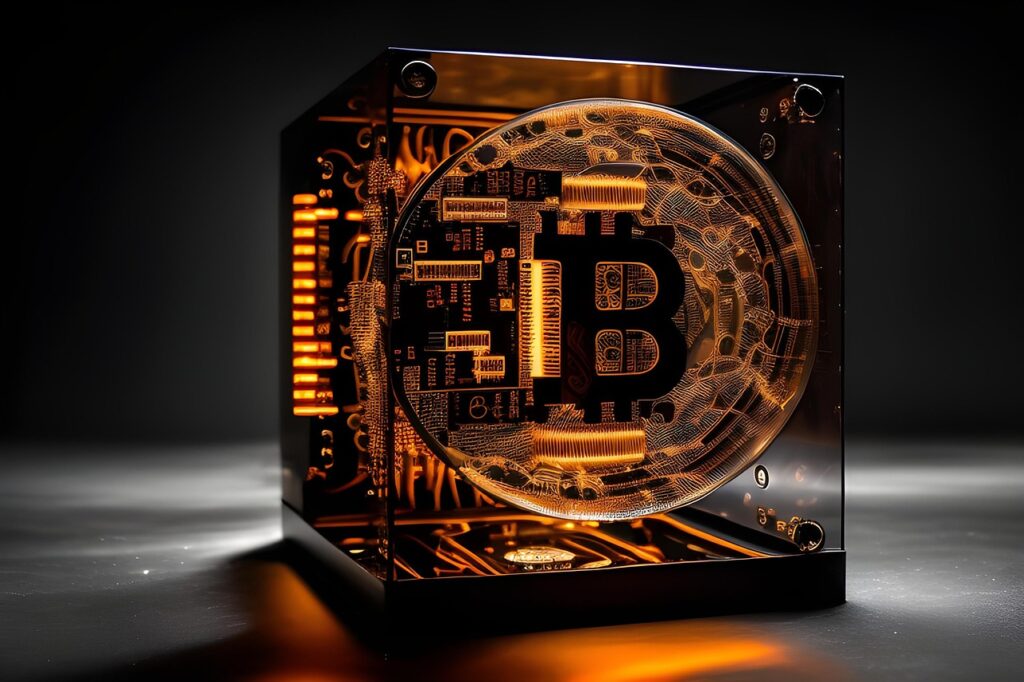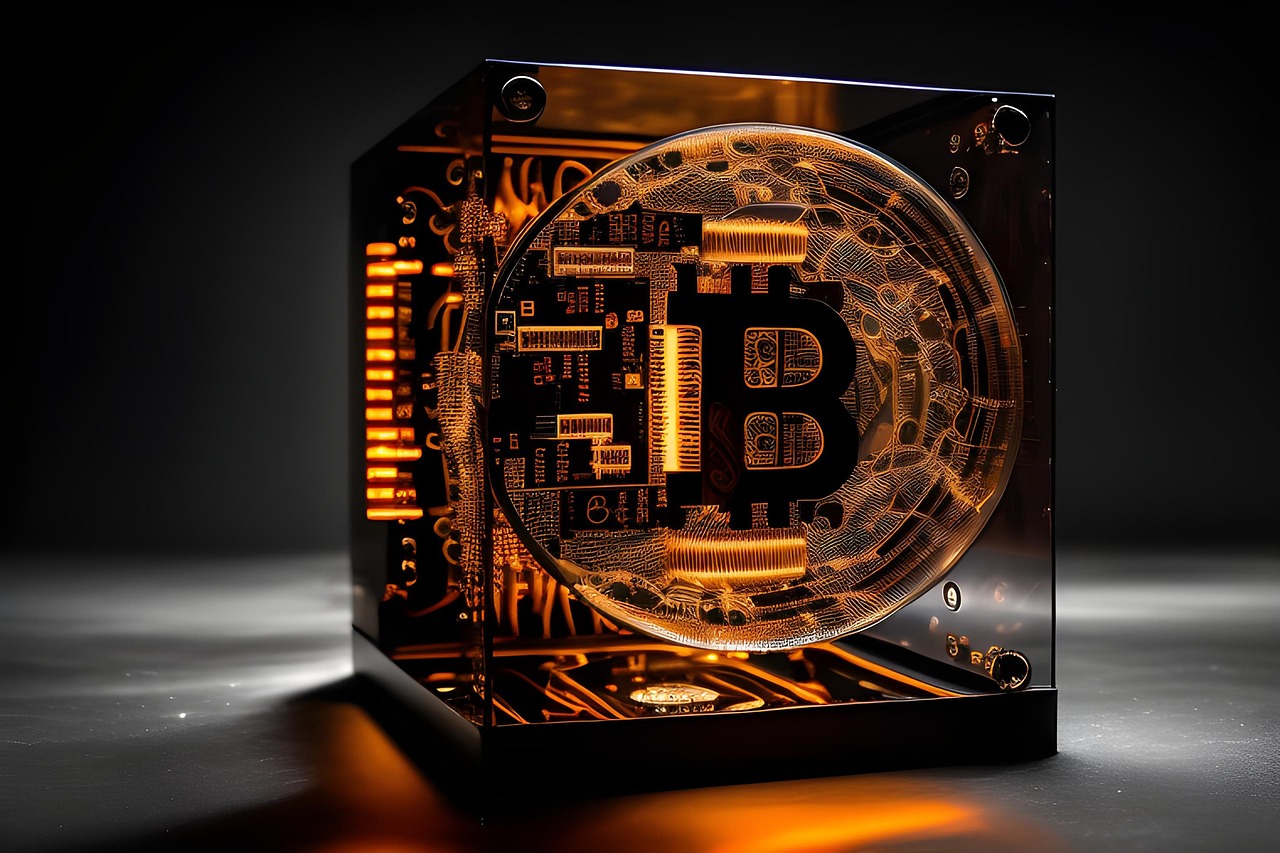
📑 Table of Contents
- Introduction: What Is Bitcoin Mining?
- How Bitcoin Mining Works
- Why Mining Matters
- The Role of Miners in the Blockchain
- Mining Hardware: From CPUs to ASICs
- Mining Difficulty and Hash Rate Explained
- Rewards: How Miners Earn Bitcoin
- Environmental Concerns and Green Mining
- Is Bitcoin Mining Still Profitable?
- Conclusion: The Future of Bitcoin Mining
🔍 Introduction: What Is Bitcoin Mining?
A digital form of money, free from governments or banks, secured only by math and people like you and me. That’s Bitcoin. But how is this decentralized digital money created and kept safe? That’s where Bitcoin mining comes in.

Bitcoin mining is the process by which new bitcoins are entered into circulation and transactions are verified and added to the blockchain—a digital ledger. It’s a blend of complex computing and economic incentives that powers the world’s most popular cryptocurrency.
⚙️ How Bitcoin Mining Works
Bitcoin mining isn’t about digging in the dirt with a pickaxe. It’s about solving complex mathematical puzzles. Miners use specialized computers to find a number that solves a cryptographic problem. Once the problem is solved, the miner gets to add a new block of transactions to the blockchain and earns a reward in bitcoins.
This process is called Proof of Work (PoW). It ensures that the network remains secure, decentralized, and fair.
🛡️ Why Mining Matters
Mining isn’t just about profit—it’s essential for Bitcoin to function. Here’s why:
- Security: The more miners there are, the harder it is to attack the network.
- Decentralization: No single authority controls Bitcoin. Mining helps keep it that way.
- Transaction Verification: Miners confirm each transaction’s legitimacy.
Without miners, there is no Bitcoin.
🧱 The Role of Miners in the Blockchain
Miners are like auditors of the Bitcoin system. Every 10 minutes, a block of transactions is verified and added to the blockchain. But only the first miner to solve the puzzle gets to do this.
This system:
- Prevents double spending (sending the same bitcoin twice)
- Keeps the ledger accurate and up-to-date
- Encourages competition and innovation in hardware and software
🖥️ Mining Hardware: From CPUs to ASICs
Bitcoin mining started with regular desktop CPUs. Today, it’s a much more serious game. Here’s a look at the evolution:
| Hardware Type | Year Popular | Hash Power | Energy Use | Notes |
|---|---|---|---|---|
| CPU | 2009–2010 | Low | Low | Original mining method |
| GPU | 2010–2013 | Moderate | Medium | Faster than CPUs |
| FPGA | 2013 | High | Lower | Rarely used now |
| ASIC | 2013–Present | Very High | High | Purpose-built machines |
ASICs (Application-Specific Integrated Circuits) are now the standard. They’re expensive but insanely powerful.
📊 Mining Difficulty and Hash Rate Explained
Bitcoin adjusts the difficulty of mining every 2,016 blocks (~2 weeks). Why? To keep block times around 10 minutes, regardless of how many miners are working.
- Hash Rate: Measures how many guesses (hashes) per second the network can make.
- Difficulty: Adjusts to make mining more or less hard, depending on hash rate.
If more miners join, blocks are found faster → difficulty increases. It’s a delicate, self-balancing system.
💰 Rewards: How Miners Earn Bitcoin
Miners are rewarded in two ways:

- Block Reward: Currently 3.125 BTC (after the 2024 halving).
- Transaction Fees: Paid by users to speed up transactions.
Note: The block reward halves roughly every 4 years. The next halving is expected in 2028, reducing the reward to 1.5625 BTC.
🌱 Environmental Concerns and Green Mining
Bitcoin mining uses a lot of electricity—enough to power small countries. This raises valid environmental concerns. But the industry is adapting:
- Hydroelectric and solar power are increasingly used.
- Flare gas mining turns waste energy into value.
- Bitcoin Mining Council promotes energy transparency.
Green mining isn’t just possible—it’s growing.
💵 Is Bitcoin Mining Still Profitable?
Profitability depends on several factors:
- Cost of electricity (the biggest expense)
- Quality of mining hardware (efficiency)
- Bitcoin’s price (volatile but trending up)
- Pool fees and maintenance costs
While solo mining is mostly a thing of the past, mining pools allow small players to earn steady income. In countries with cheap electricity, mining can still be highly profitable.
🔮 Conclusion: The Future of Bitcoin Mining
Bitcoin mining is more than a way to make money—it’s the engine of a global, decentralized financial revolution. From its humble beginnings with home computers to today’s industrial-scale operations, mining has come a long way.
Looking ahead, expect:
- Greater energy efficiency
- Tighter regulation
- Increased adoption of renewable power
- Even more global participation
Whether you see it as a tech marvel or a digital gold rush, one thing is clear: Bitcoin mining isn’t going away—it’s evolving.

